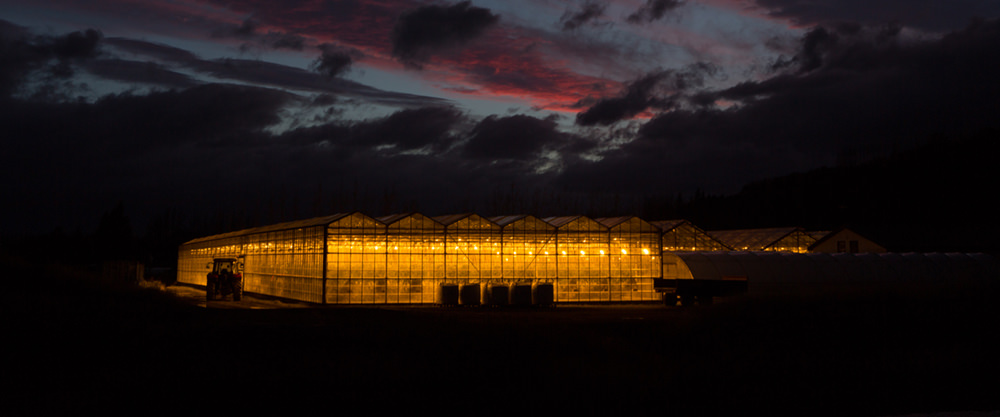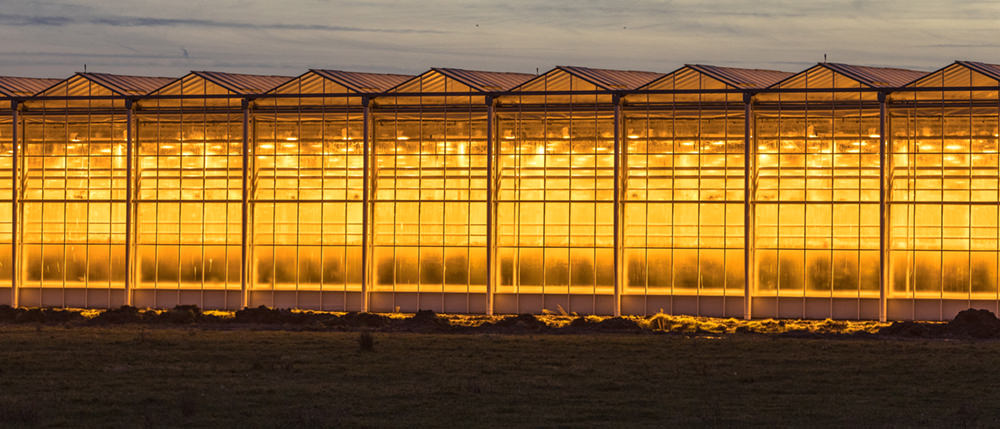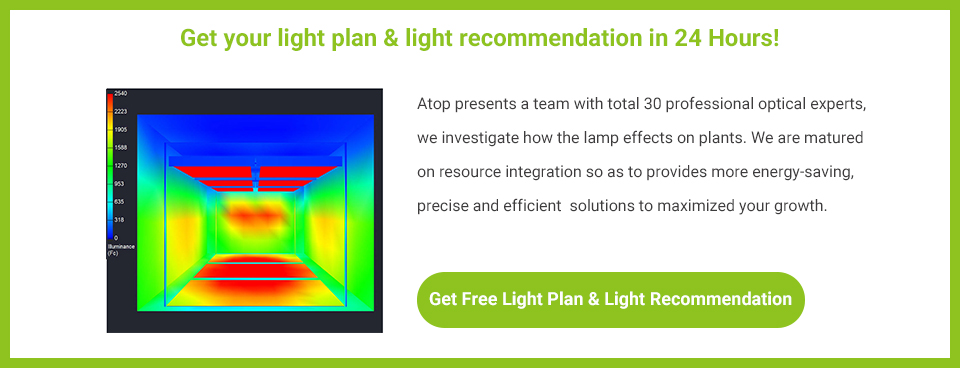Greenhouse Light Pollution: What You Need to Know and How to Fix It
It is obvious that artificial lights like HPS and LED grow lights benefit greenhouse plants, especially during the winter months. Artificial lights supplement the light that plants need and improve their growth. Thus, growers are able to achieve higher yields, year-round production, and better fruit quality. These benefits also result the increasing dependence on artificial lights in greenhouse horticulture. Some growers keep grow lights on throughout the year in spite of varying time and light levels, resulting in greenhouse light pollution. People living near the greenhouses have complained about light spilling into the night sky from the greenhouses. Citizens have raised concerns about nocturnal greenhouse light and are worried it will disturb human and animal sleep patterns and airport operations.

What are the causes of greenhouse light pollution
Lighting pollution means the excessive use of artificial light, which does harm to the environment, humans, and wildlife. In simple words, the combination of the commercial greenhouse boom and increasing supplemental light usage cause the greenhouse lit long after the sun has set.
Climate change and the shortage of arable land urge growers to move to more efficient cultivation. Greenhouses enable complete climate and environmental control within the closed space. It also protects plants from being damaged by unpredictable weather such as cold temperatures and heavy rain. Consumer demand for fresh and local food also prompt the construction of commercial greenhouses. In turn, the commercial greenhouse is booming.
Another cause of greenhouse light pollution is the increasing and improper use of artificial lights. Light-hungry crops like tomatoes and cannabis require a long period and high intensity supplemental lighting for consistent year-round production. To target DLI (Daily Light Integral), growers keep artificial lights on after dark. The problem is, because greenhouses are made of glass, the light doesn’t stay inside the room. At last, the light trespass adjacent areas and the environment, disrupting the dark sky and the normal patterns of humans and animals.
Why is greenhouse light pollution a problem
Greenhouse light pollution is the excessive use of artificial light. But why is it a problem?
Because light pollution is negative for the environment and health. Nocturnal light from greenhouses can impact nearby airport operations, human health, ecosystems, and plant life.
Common detrimental effects of greenhouse light pollution include:
- Impact dark sky and nearby airport operations. Too much light will illuminate the dark sky, making it difficult to see the stars. The bright light will also mislead the airplane, increasing the possibility of accidents.
- Do harm to wildlife. Regardless of the light spectrum, excessive light could be ecological light pollution for amphibians. It can disrupt the foraging and mating of wildlife.
- Negative for human health and psychology. The normal biological rhythms make people sleep at night and work at day. Bright light during the dark period can disturb people’s sleep, causing headaches, fatigue, and anxiety.
- Disorient the migratory birds. Light trespass the dark sky can disrupt the normal flight patterns of birds. They will fly hard to find their ways. Birds will also collide with greenhouses as they are attracted by the light. Greenhouse light pollution will increase mortality rates due to exhaustion.

How to reduce greenhouse light pollution
Greenhouse light pollution is caused by excessive light at night. Therefore, the simplest way to reduce greenhouse light pollution is to ‘block’ the light from escaping. Using appropriate light screens or curtains on the walls and roof of the greenhouse can reduce greenhouse light pollution effectively. But the problem is the light reflectance. Most of the light from the artificial grow lights will be reflected from the plant canopy and ground through the roof panels. The light will bounce back and forth between the floor and ceiling, causing additional light beyond what the plants need. The excessive light in the greenhouse, in turn, is negative for plants.
Another effective solution to reduce greenhouse light pollution is switching to LEDs. Unlike some traditional light sources, which emit light in all directions, LED lights can emit light focused on a specific area. This helps to reduce unwanted light and light waste in the environment. In addition, LEDs generate less heat than traditional light sources. LED fixtures can be installed within or just above the plant canopy of vine crops like tomatoes and cucumbers. It is called the inter-lighting system. This can provide more even light distribution from the top to the bottom of crops while reducing the amount of light that shines on the glazing. Most importantly, LED grow lights feature customizable spectrum and light controls. The key to reducing light pollution is to use the minimum amount of light and turn on the grow lights only when needed. LED grow lights can provide the optimal spectrum for better plant growth. The light control enables to turn off the lights overnight. With the combination of shading curtains and light control, growers can achieve a balance between meeting the desired DLI and reducing light pollution.
Although LED grow lights are advantageous for reducing greenhouse light pollution, a customized lighting plan and strategy is still required. Light can leak around the perimeter and affect the surrounding environment and the night sky. A well-designed light plan can achieve crop goals as well as avoid light trespass. If you need any help for horticulture lighting, don’t hesitate to consult us.


